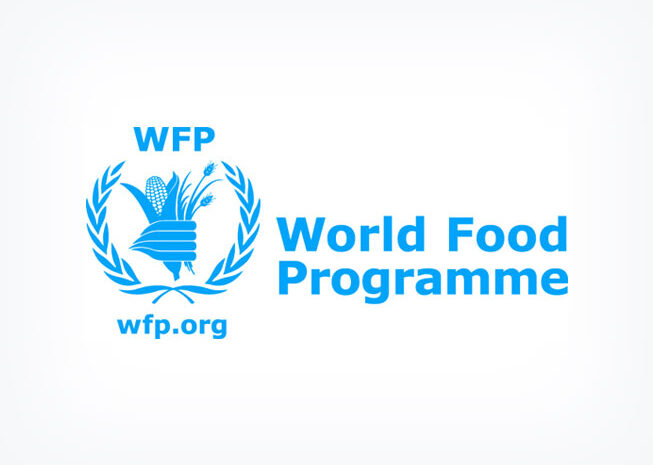
There isn”t enough food to feed the world, most of the world’s hungry live in Africa, and it’s mostly a question of droughts and other natural disasters. All of these statements are wrong. But they reflect a common set of misconceptions on hunger. Here are 11 of the most common myths – with the reality they mask.
Myth 1: There isn”t enough food to feed the world.
Reality: There is enough food in the world today for everyone to have the nourishment necessary for a healthy and productive life. There is, however, a need to be more efficient, sustainable, and fair in how we grow and distribute food. This means supporting small-scale farmers – who make up the majority of farmers throughout the developing world – and ensuring that they have fair access to markets.
Myth 2: Resolving hunger means ensuring people have enough to eat.
Reality: Hunger also involves the type of food you eat. Good nutrition means having the right combination of nutrients and calories needed for healthy development. It’s especially important for infants, pregnant women and young children.
Myth 3: Droughts and other natural disasters are to blame for hunger.
Reality: Communities that build irrigation systems, storage facilities, and roads to connect them to markets are able to improve harvests. Then people can survive even during times of drought (Learn more). Nature is only one factor when it comes to hunger. The proportion of food crises that are linked to human causes has more than doubled since 1992. Conflict is often at the heart of today’s worst food crises.
Myth 4: Hunger exists when food is unavailable in shops and markets.
Reality: People can go hungry even when there’s plenty of food around. Often it’s a question of access – they can”t afford food or they can”t get to local markets. One way we can help is through cash transfers and electronic vouchers, which give people the ability to buy nutritious foods in local markets.
Myth 5: All of the world’s hungry live in Africa.
Reality: Of the world’s nearly one billion hungry, over half live in Asia and the Pacific (see our Hunger Stats). Hunger is also a relevant issue in the United States, where 50 million Americans are food insecure.
Myth 6: Too many people go hungry in my own country for me to worry about hunger abroad.
Reality: One in seven people in the world are hungry, which means one in seven people can”t create, study, or reach their full potential as human beings. That affects all of us. Hunger slows progress on other important areas that connect nations, including security.
Myth 7: Hunger and famine are not easy to predict and can’t be prepared for.
Reality: Tools exist to monitor and predict trends in food production as well as food prices. For example, the Famine Early Warning System Network (FEWS NET) analyzes meteorological and economic factors to alert the world to the possibility of hunger hotspots and famine.
Myth 8: Hunger is basically a health issue.
Reality: This issue also affects education and the economy. Hungry children struggle to focus, learn, or even attend school. Without education, it’s much harder for them to grow up and contribute to the growth of the national economy. A study in Guatemala found that boys who received fortified food before the age of three grew up to have wages 46 percent higher than those in a control group.
Myth 9: People are only hungry during emergencies or disasters.
Reality: Emergencies only account for eight percent of the world’s hungry. There are close to one billion hungry people in the world who do not make the headlines and yet they go to bed hungry every night. This is why long-term efforts like school meals programmes are so important.
Myth 10: There are more pressing global issues than hunger.
Reality: When populations are hungry, economies suffer, people fight, and farmers can”t grow their crops effectively. We need to tackle hunger to be able to resolve environmental, economic, and security issues.
Myth 11: There is nothing we can do to help hungry people.
Reality: There’s plenty we can do, even as individuals. Organizations like WFP need constant support and awareness-building efforts at the community level. You can help with that. Start where you are right now: online. Find us on Facebook and Twitter , and share our links to let your network know about the importance of hunger. And find out other ways to get involved here.
Photo: One of the most common myths about hunger is that there isn’t enough food in the world. In fact, there is. Hunger is often a question of access (Copyright: WFP/Mohammed Siddiq).